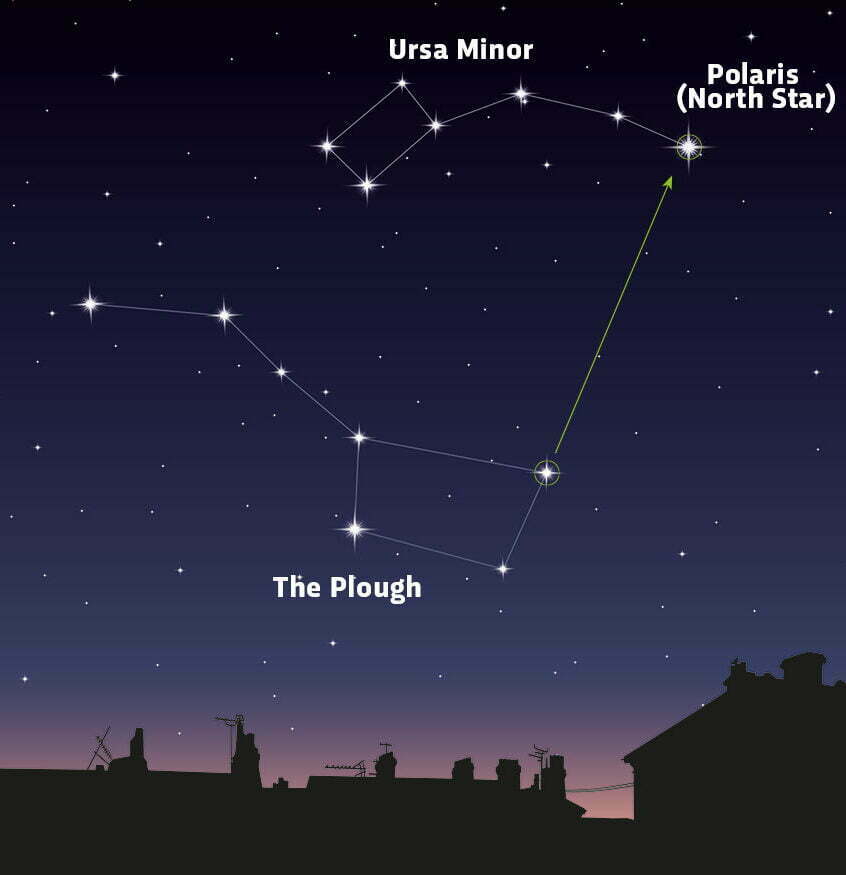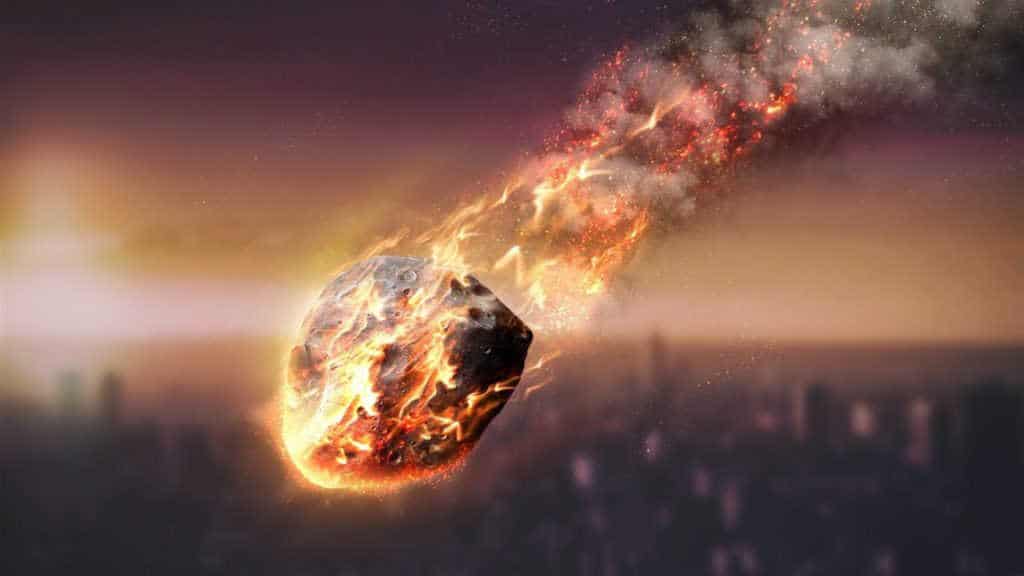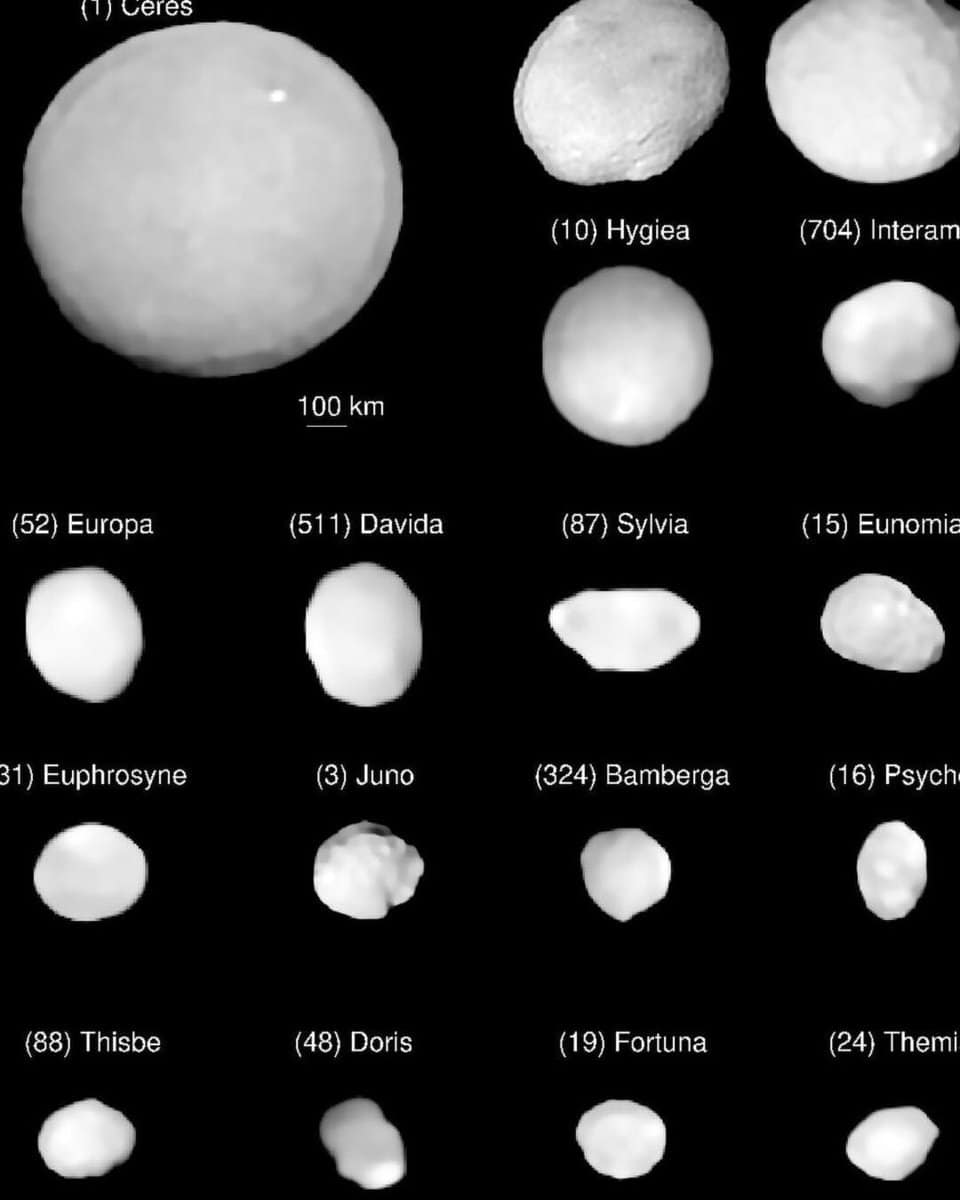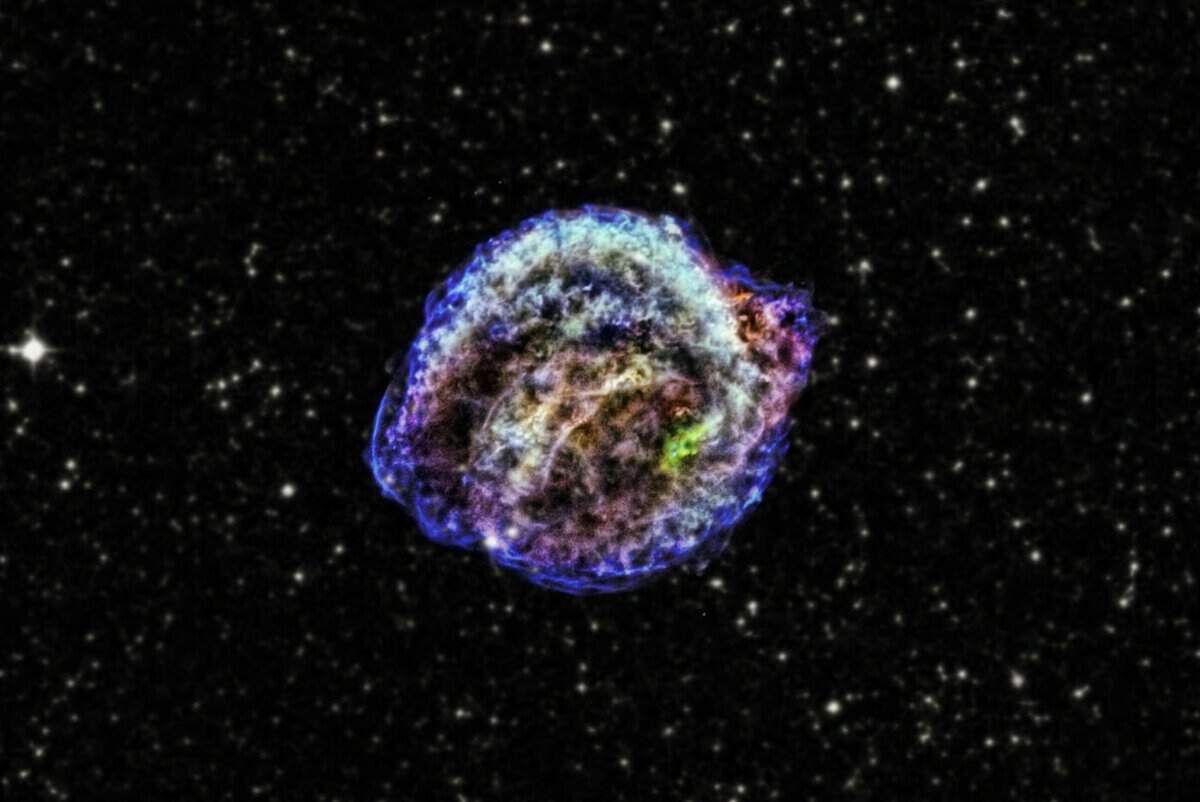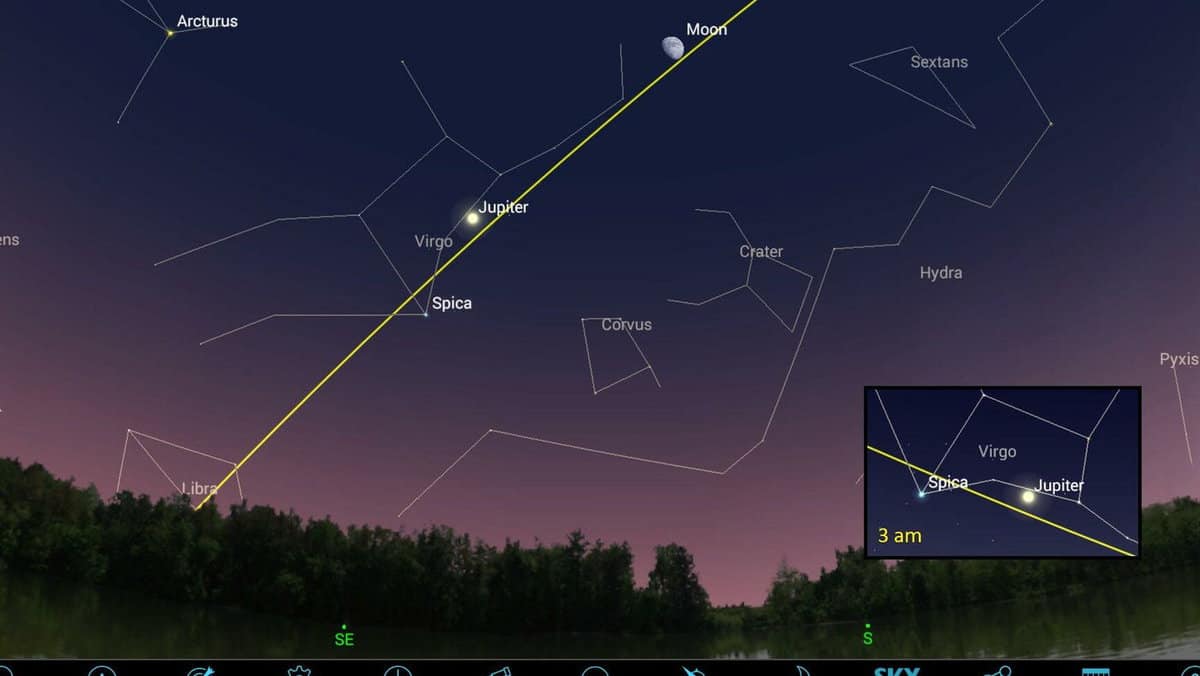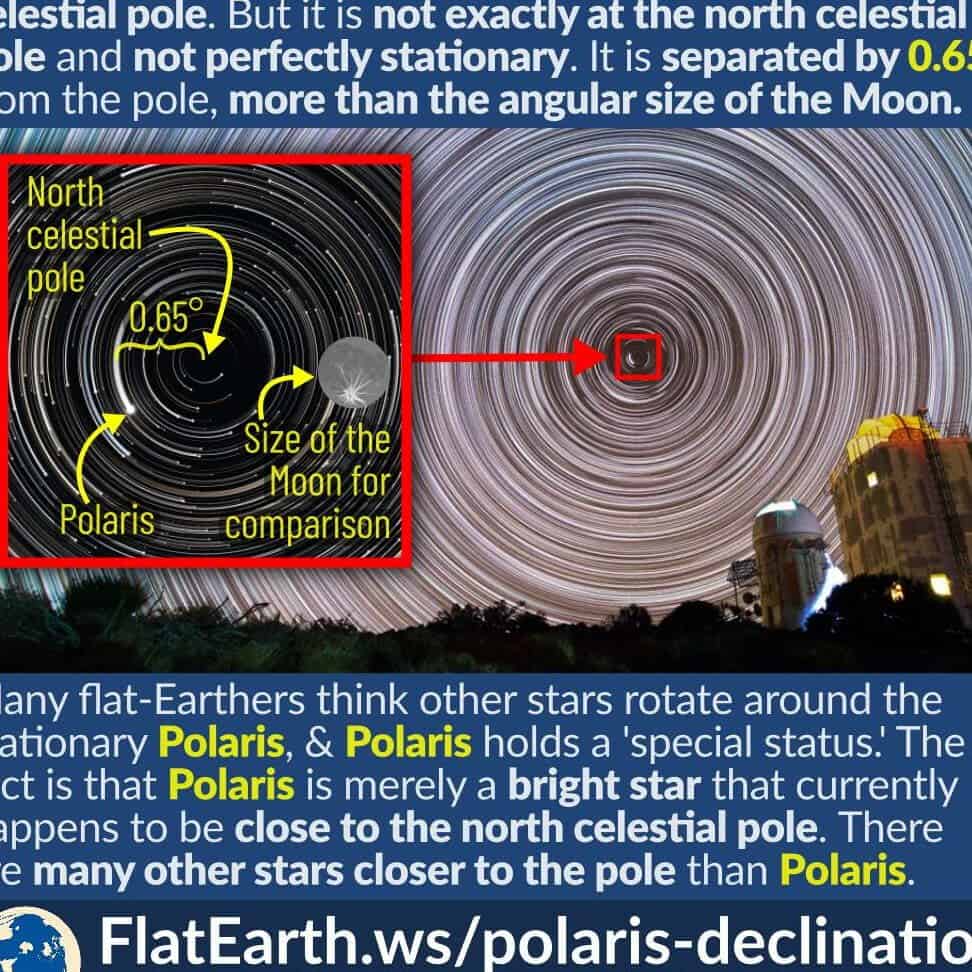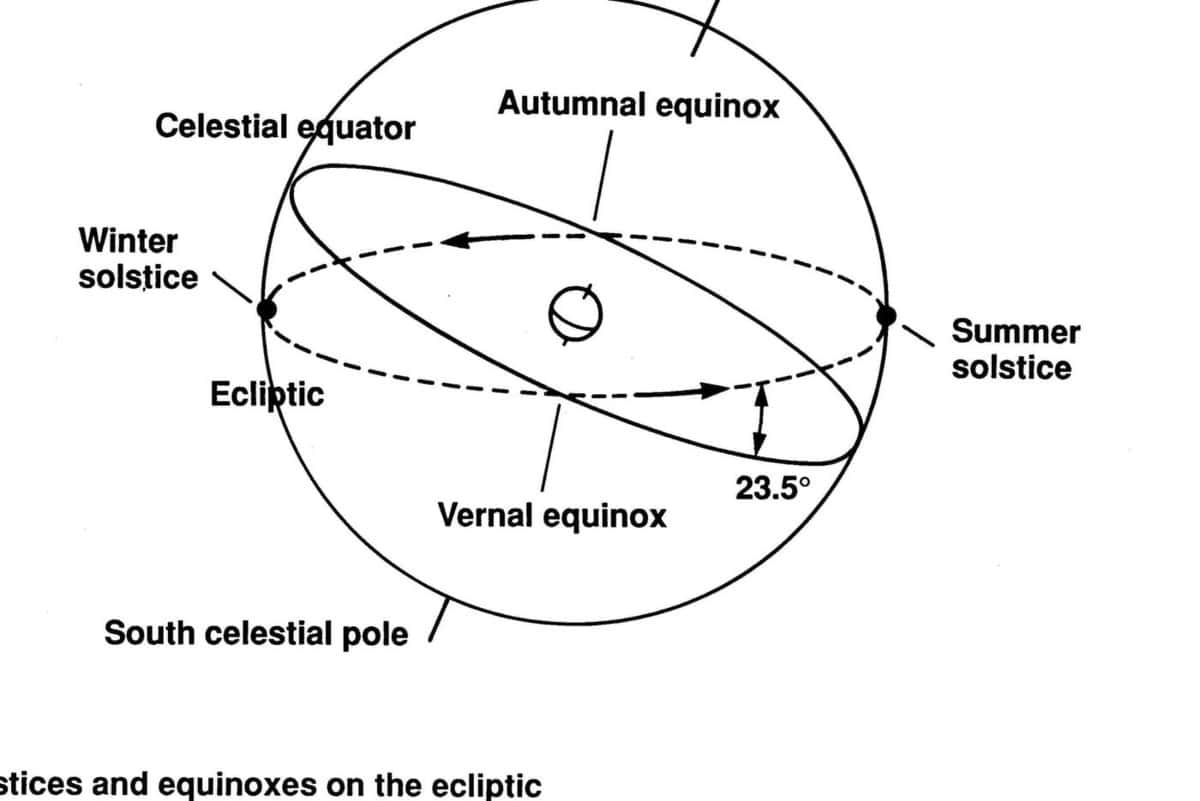
What constellation is Proxima Centauri located in?
According to The Guardian, astronomers searching for extraterrestrial radio signals have picked up an “interesting signal” from Proxima Centauri, the nearest star system to our Sun. Here, we provide further details on the findings made by scientists. Discover “Hitech” in Who is Proxima Centauri? Proxima Centauri, a red dwarf star, is part of the Alpha…


